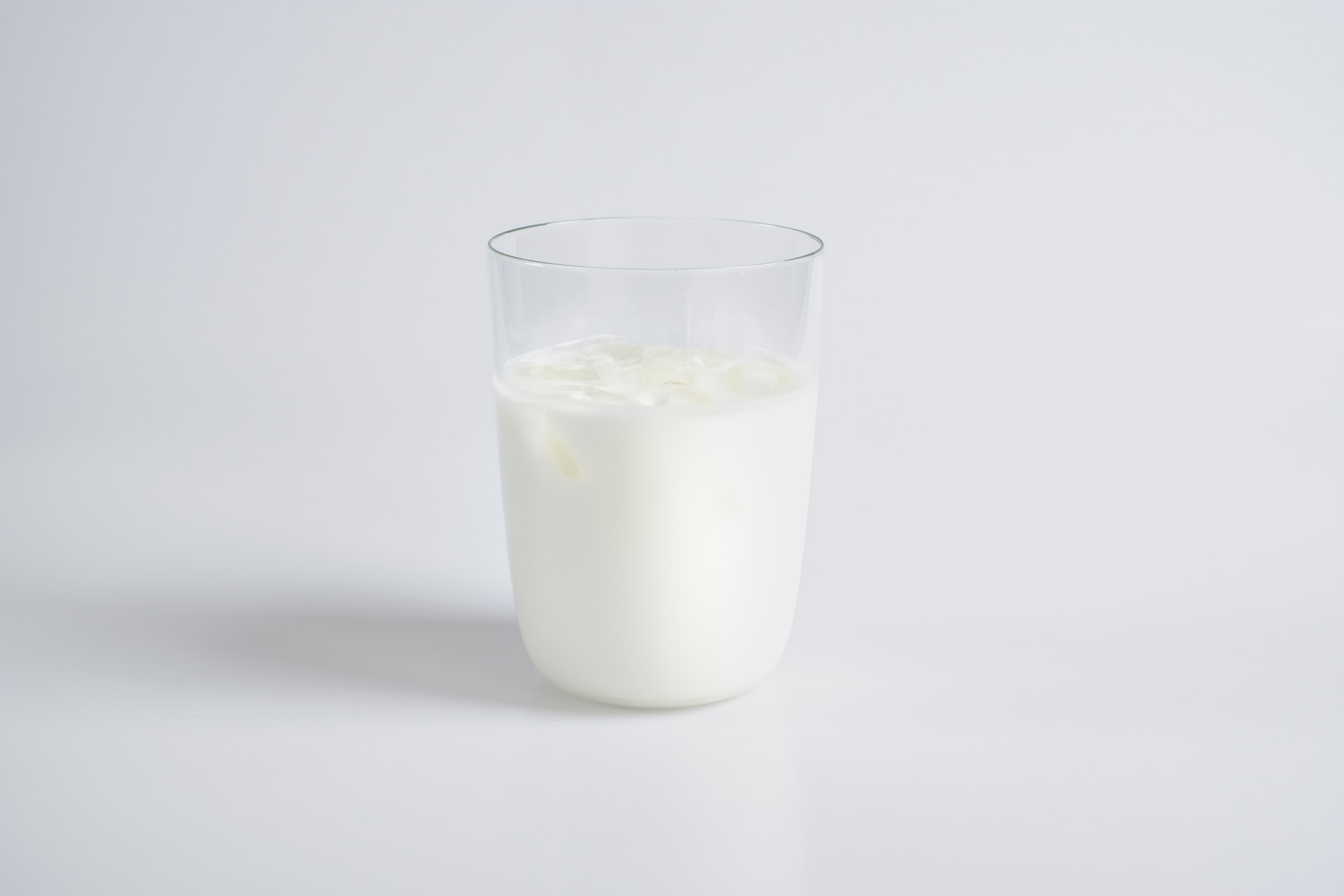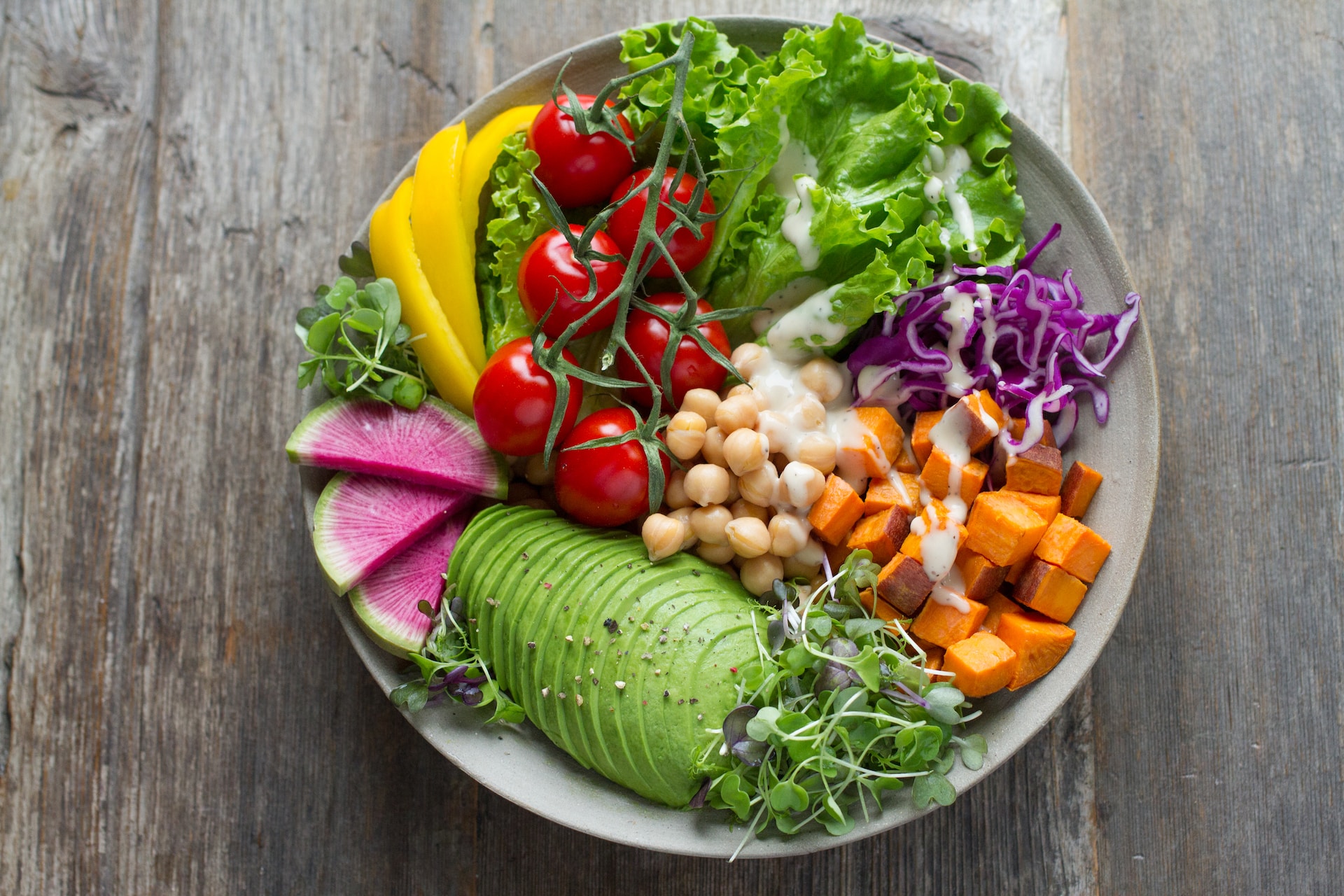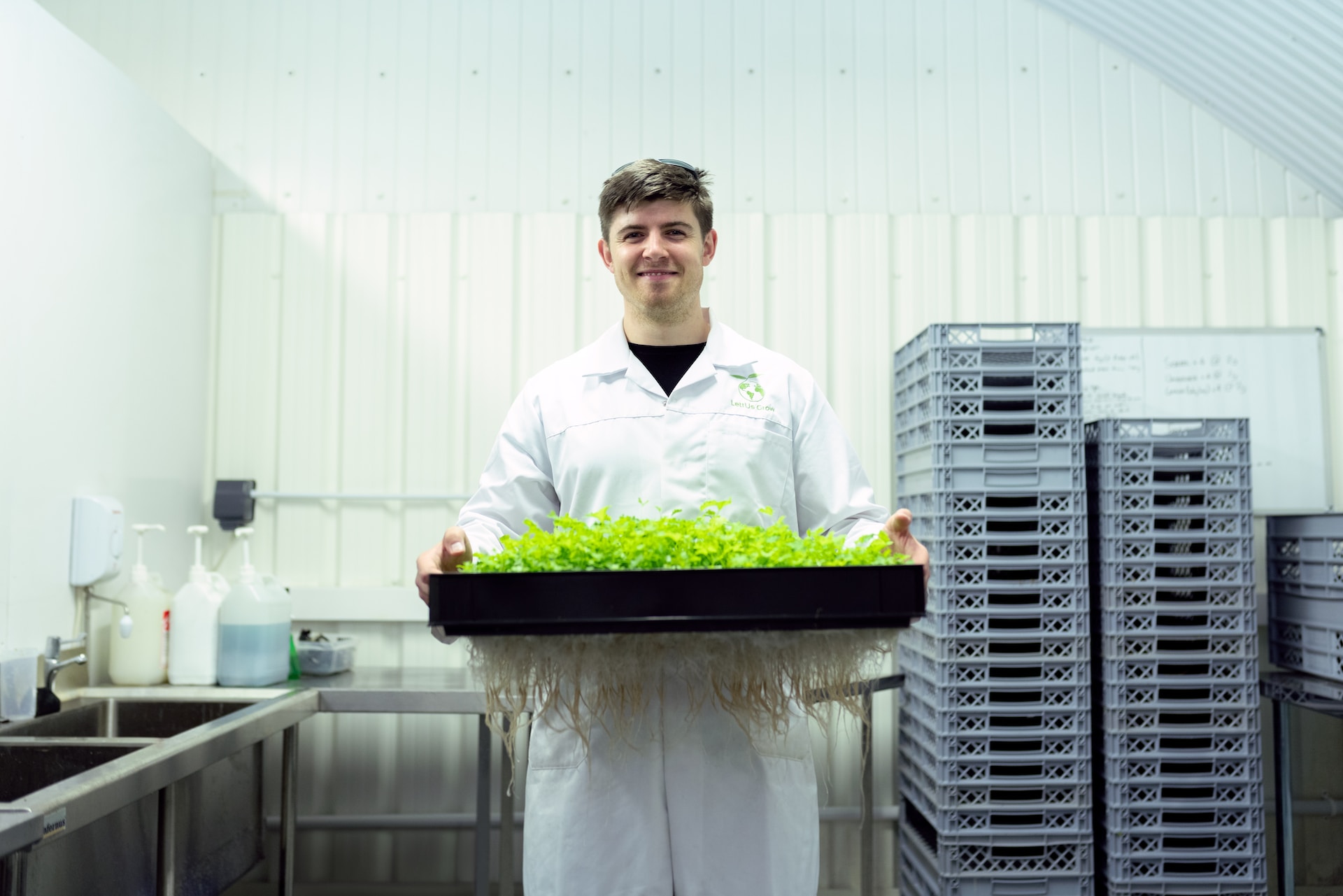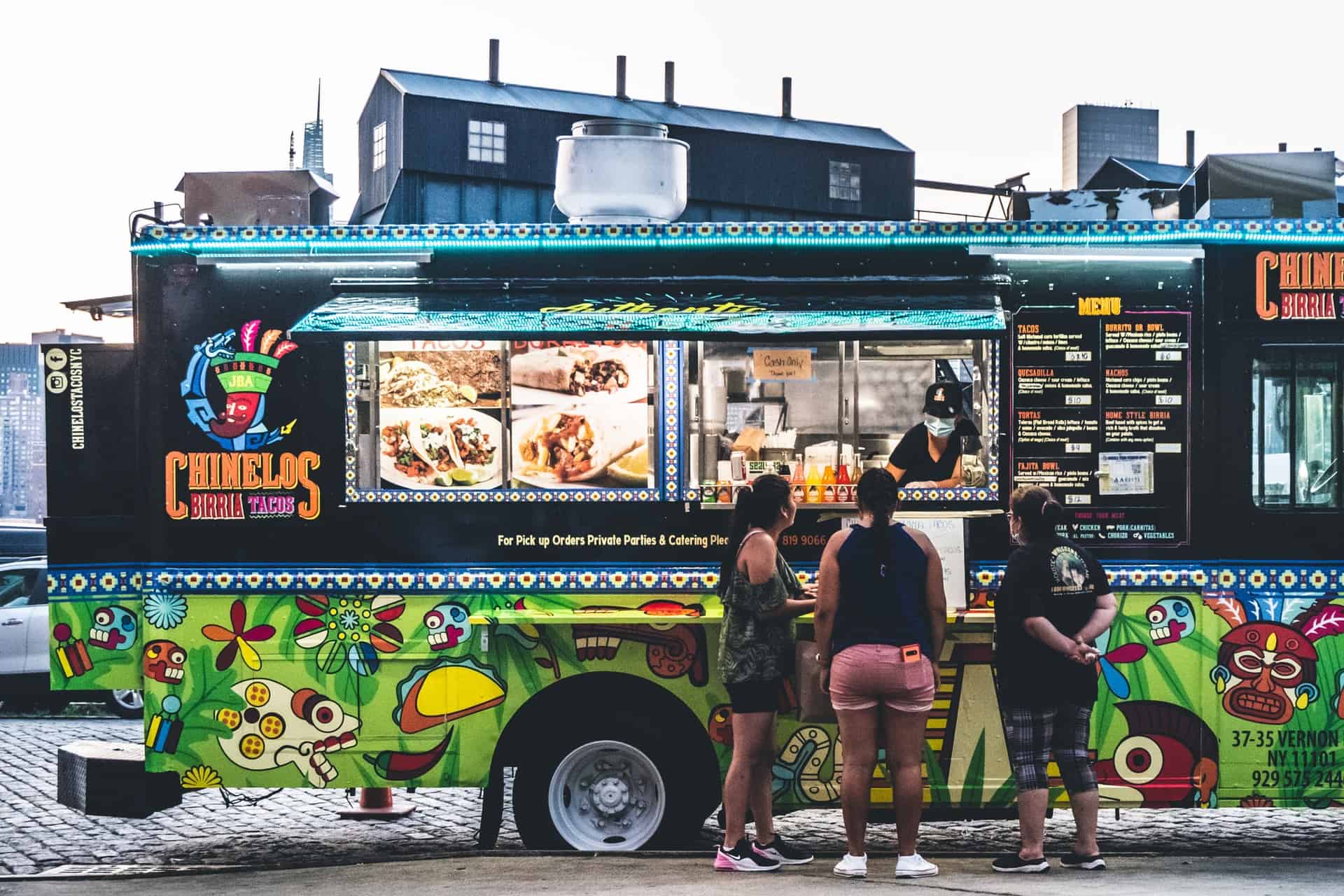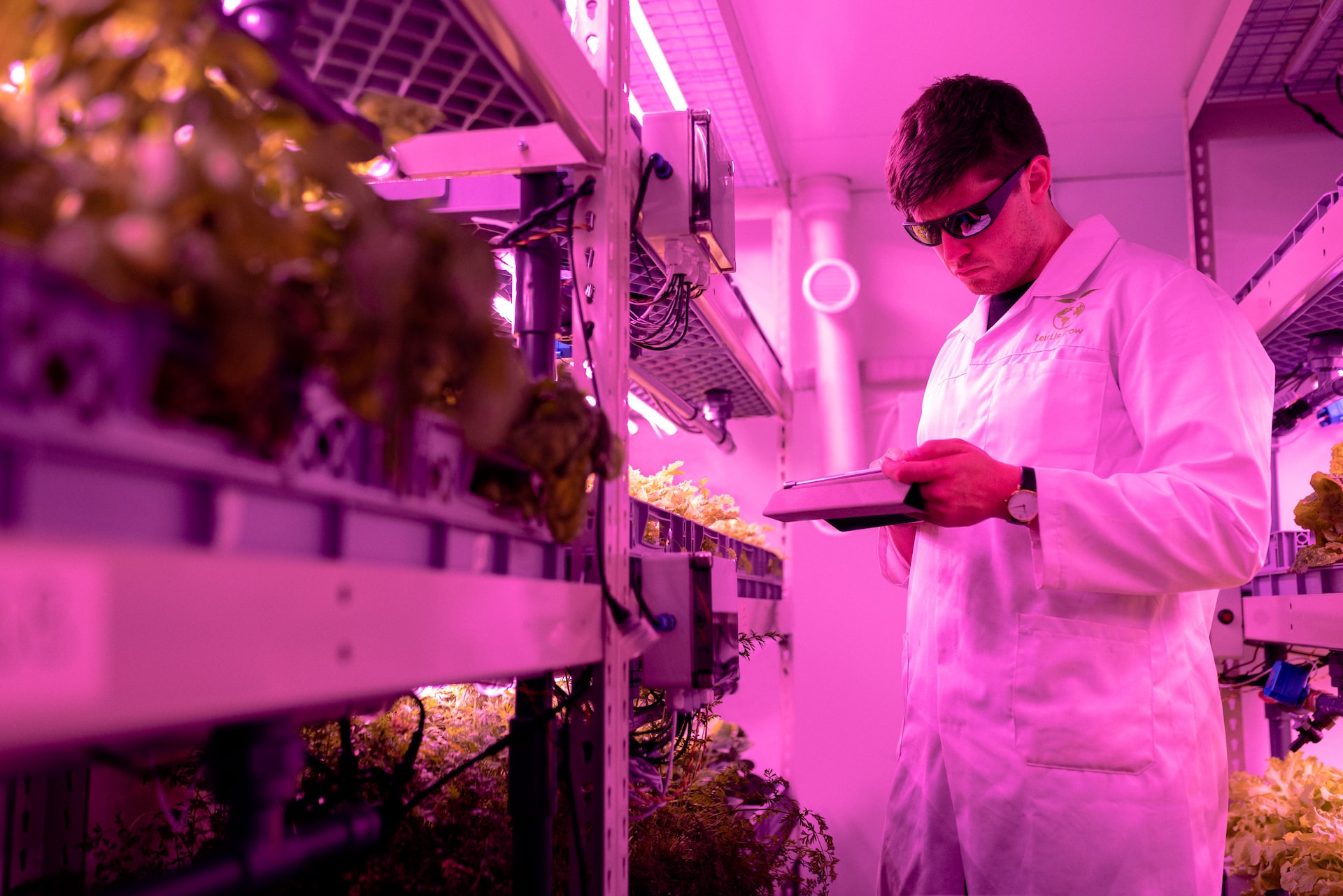
How Biotechnology in Agriculture Impacts Climate Change
February 6, 2023 - Emily Newton
Revolutionized is reader-supported. When you buy through links on our site, we may earn an affiliate commision. Learn more here.
Biotechnology in agriculture can help create more sustainable farming practices and drastically reduce carbon emissions. When people think of carbon emissions and environmental pollution, they often imagine cars and fossil fuels. However, agriculture is one of the biggest sources of greenhouse gas emissions in the world and poses a serious threat to the environment. Luckily, biotechnology is changing that.
The Impact of Agriculture on the Environment
Agriculture is a vital part of human civilization and a crucial food source. The way that humans are currently farming and the types of food being farmed are not sustainable, though. Livestock is the main source of this issue. Studies have found that livestock related activities produce 14.5% of emissions created by humans. Beef production is particularly concerning due to the notoriously high amounts of methane that cows produce.
Agriculture also has a serious impact on land and habitats around the world. An estimated 26% of ice-free land over the entire planet is used for livestock grazing. If there was a more efficient way to produce food, less land would be needed for agriculture and more land could be used to address housing shortages or conduct reforestation.
Additionally, research has shown that agriculture is responsible for 75% of deforestation around the world. Beef production alone accounts for 41% of global deforestation. This means that land where forests, especially tropical rainforests, are being chopped down or burned is often being destroyed to be used as cattle grazing land. So, forests that otherwise would have removed carbon from the atmosphere are being cut down and replaced with agricultural land that emits large amounts of emissions.
How Biotechnology in Agriculture Can Improve Sustainability
Biotechnology in agriculture takes many forms, going well beyond infamous GMOs. In fact, some forms of biotechnology have been around for centuries, such as strategic breeding of livestock.
Biotechnology is generally defined by the U.S. Department of Agriculture as any tool or technique used to alter a biological organism (such as a plant or animal), make or modify agricultural products, improve plants and animals or develop microorganisms for various agricultural uses.
Genetically modified organisms, or GMOs, are the most well-known application for biotechnology in agriculture. Unfortunately, GMOs have been unfairly villainized by some groups, with critics claiming that GMOs are unnatural or somehow harmful to one’s health. Despite misinformation spread on the subject, research has shown that GMOs are at least as healthy as non-GMO food, if not more healthy.
This is important to note when looking at how biotechnology and agriculture relate to climate change. Science, new technologies, and innovative agriculture are the keys to significantly reducing the impact of agriculture on the environment. Biotechnology can make food more nutritious so people don’t need to eat such a large volume of food. GMOs are part of that, as well as plant-based foods and meat alternatives.
Next-Generation Meat
Two new advancements in agriculture are cultured meat and 3D-printed meat. Cultured meat involves using stem cells to create real animal meat artificially, without needing any farms, grazing, or slaughter. This process is somewhat like growing crops – seeds (stem cells) are used to grow real food (cultured meat).
The use of stem cells in cultured meat is still a concern, though, since real animals are required to obtain those starter cells. Advances in biotechnology could potentially lead to ethical stem cell sourcing methods in the future.
3D printed meat uses a slightly different approach. While cultured meat is grown, 3D printed meat is produced more quickly in layers, similar to how an everyday consumer-grade 3D printer creates plastic objects. 3D printed meat can be made with either cultivated cells like cultured meat or with plant-based alternatives. One 2021 research project created realistic Wagyu beef using 3D printed cells.
Why Meat Needs to Change
While meat created without raising and killing real animals might sound unnerving to some, it can actually lead to much safer, healthier meat. It is worth remembering that meat from livestock raised on farms isn’t as “natural” as some believe it is. Farm-raised animals are typically not roaming free in open wilderness, eating raw plants from the land around them. Sadly, most meat comes from animals raised in highly industrial environments living off human-made feed.
Cultured and 3D printed meat can be grown to include more nutrients, such as higher content of protein. Since it is created in a controlled environment, scientists can also ensure that this lab-grown meat is completely free from steroids and harmful bacteria. Finally, cultured and 3D printed meat could significantly reduce reliance on live cattle. This would reduce the need to maintain massive herds of cattle and cutting livestock emissions as a result.
This doesn’t mean we need to completely eliminate the production of livestock-based meat. Scientists are also using biotechnology in agriculture to reduce the emissions produced by cattle. For example, research at the University of California, Davis has found that feeding cows ocean algae or seaweed can actually cut the methane emissions the cows produce. The way grazing lands are maintained can also help rangeland soil sequester more carbon, keeping it out of the atmosphere.
This is a great example of why biotechnology is so important to agriculture, and how it is often misunderstood. Biotechnology in agriculture is not about creating fake food. It is about creating healthier food, innovating farming, and reducing the environmental impact of agriculture so that the entire planet has more food and a healthier lifestyle.
Smarter Crops
An important part of reducing the climate impact of agriculture is finding ways to make more out of less. If food could be produced more efficiently, using less resources, less land, and less water, more food could be produced overall, feeding more people. The human population is expected to reach nearly 10 billion people by 2050 according to the United Nations. So, finding a way to feed more people is crucial.
Crops are the key to addressing food shortages without hurting the environment. Pastures and grazing land take up almost double the amount of land used for growing crops in the U.S., but meat only accounts for 20% of caloric intake according to global averages. This means that meat production is using a lot of land but producing few calories. Meanwhile, crops are using less land and producing more calories. Statistically, crops are the most efficient way to feed the world.
Improving Crop Yields
Biotechnology in agriculture is ensuring that crops are able to provide enough food for the growing human population without harming the environment. Crops face many hazards that can diminish yield. For example, tomato crop yields can be slashed by 15% to 100% by plant viruses. Crop yields can also be attacked by the elements, insects, and even side effects of climate change.
Scientists are using biotechnology to create genetically modified crops that are able to withstand these threats. Stronger, modified crops can lead to higher crop yields and more food. Genetically modified crops can also be made to include more nutrients and healthy calories, helping to ensure that everyone has the adequate calories for a healthy lifestyle, not just a high volume of food.
Plants are already a more efficient source of food than meat. Biotechnology in agriculture is innovating crops to make them even more efficient and nutritious. By fortifying crops against disease and insects, more clean, healthy fruits and vegetables can actually make it to grocery stores. Consistent access to healthy plant-based food will help reduce reliance on emissions-intensive meat, cutting the impact of agriculture on the environment.
One Day Without Meat: What Everyone Can Do to Help
Biotechnology in agriculture is making crops stronger and more sustainable and transforming the meat industry. What can individuals do to help support sustainable agriculture? It’s easy – eat! The food that we eat has a big impact on the environment. Choosing more sustainable foods can help generate large-scale change.
For example, switching to a vegan or vegetarian diet could drastically reduce an individual’s carbon footprint. Studies show that even meat with the lowest environmental impact is still more harmful to the planet than plant alternatives.
If everyone reduced the amount of meat in their diet, demand for meat would go down, allowing farmers to reduce the size of their cattle herds. This would free up agricultural land for growing crops, which produce food more efficiently than cattle grazing land and emit less greenhouse gasses.
So, even going meat-free for one day per week or cutting one type of meat out of your diet can help in the fight against climate change.
Biotechnology in Agriculture: The Future of Farming
Biotechnology is transforming agriculture, making crops healthier and reducing the impact of meat production on the environment. By supporting innovation in agriculture, we can ensure that there will be enough food for everyone as the human population grows. Every individual’s diet impacts the planet, too, so eating more plants and going meat-free one day a week are little steps anyone can take to help create big change.
Revolutionized is reader-supported. When you buy through links on our site, we may earn an affiliate commision. Learn more here.
Author
Emily Newton
Emily Newton is a technology and industrial journalist and the Editor in Chief of Revolutionized. She manages the sites publishing schedule, SEO optimization and content strategy. Emily enjoys writing and researching articles about how technology is changing every industry. When she isn't working, Emily enjoys playing video games or curling up with a good book.
